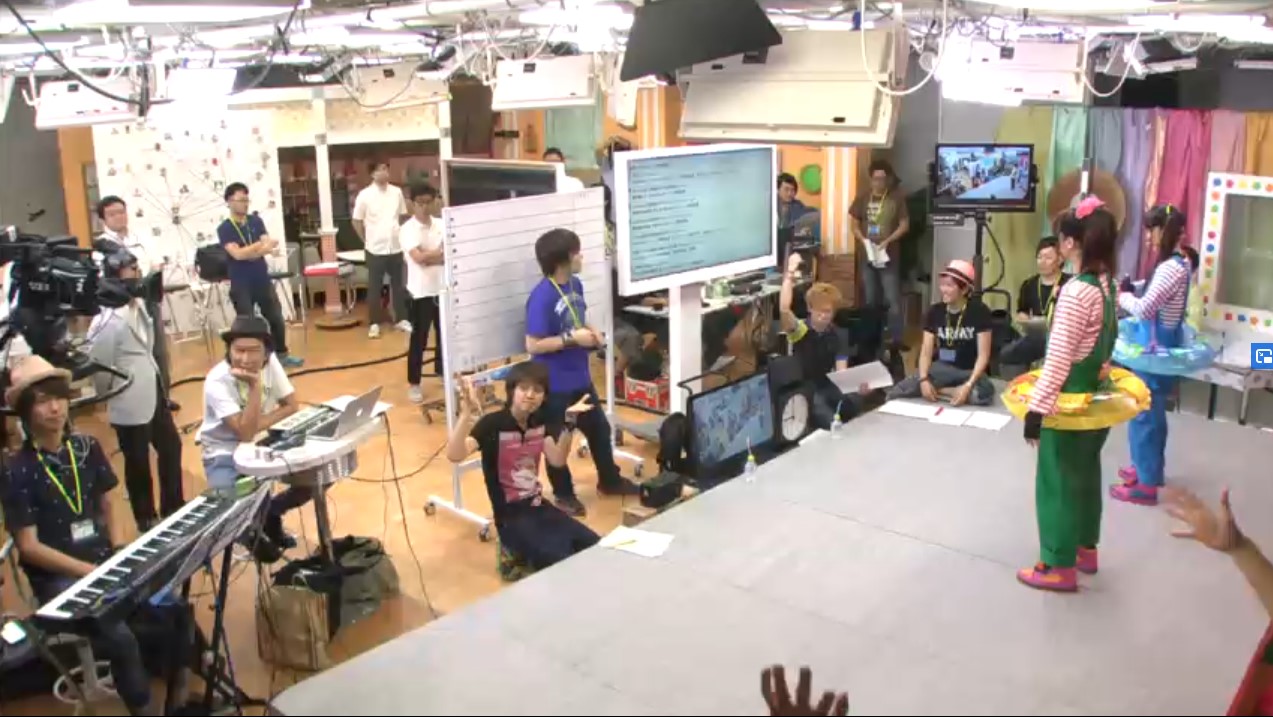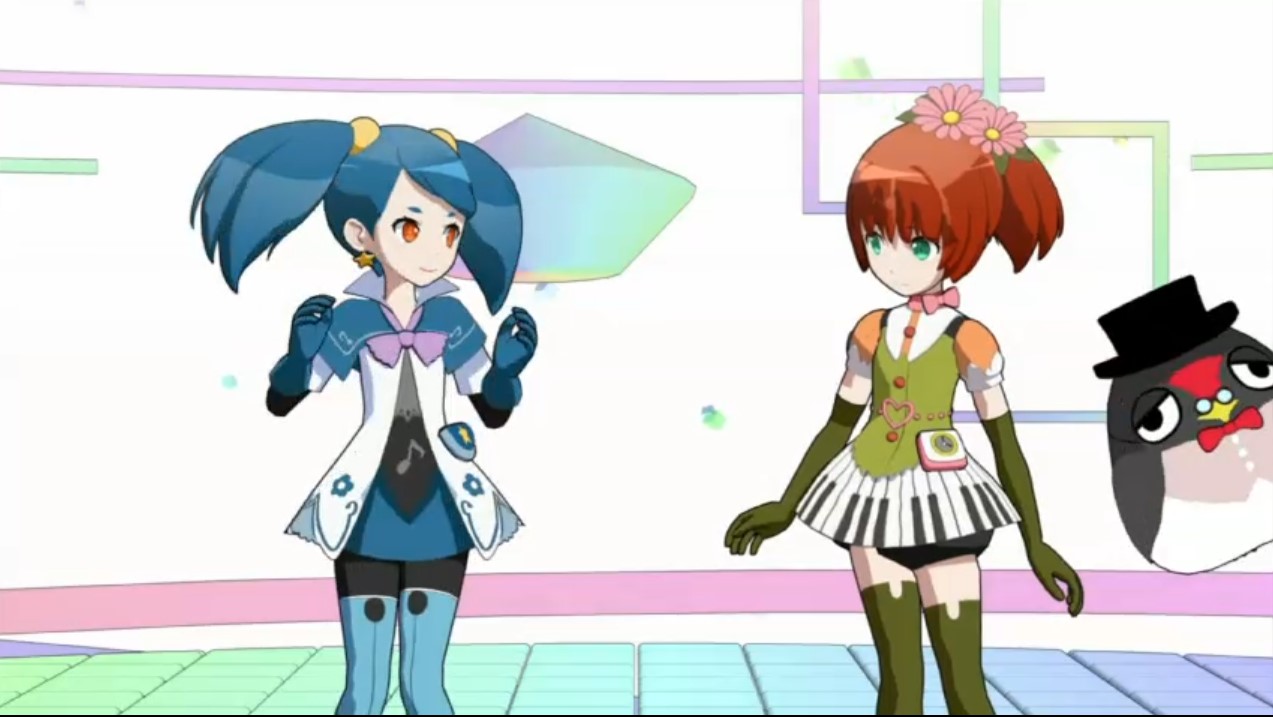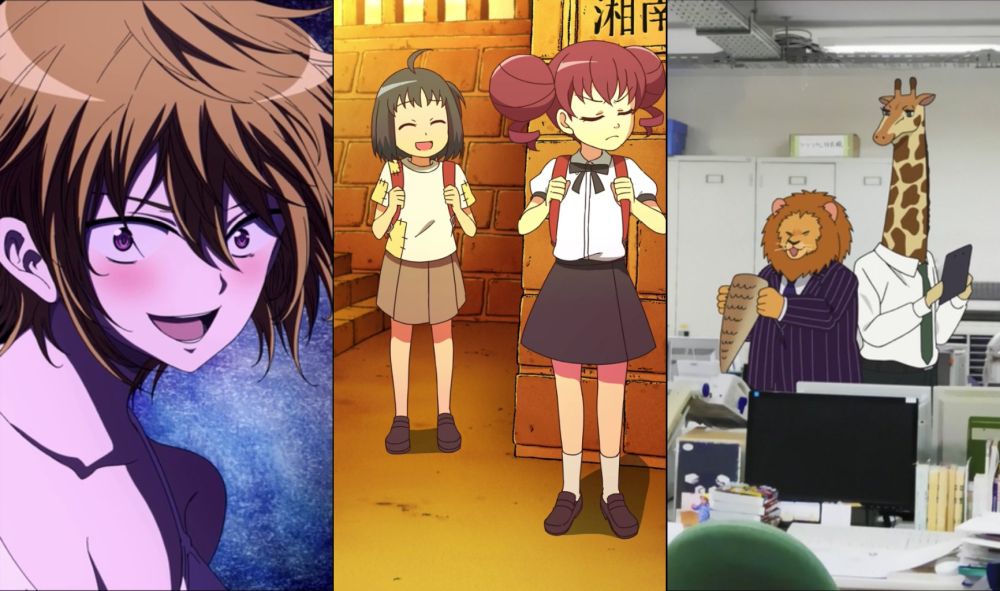Eros Evolving Anime in 2020
For a while I’d been thinking that the anime production industry had become a bit stale. I haven’t seen a lot of dramatic technical or tectonic evolution in anime production over the past decade. Studio Yaoyorozu premiered Minarai Diva in July 2014, the world’s first live real-time anime series. Although laggy and glitch-prone and particularly simplistic, the show was a fascinating technical experiment. But seemingly nothing directly evolved from it. Minarai Diva seemingly had no obvious impact on the larger anime production industry.
Kizuna Ai premiered on YouTube as the first virtual idol in November 2016, setting the stage for future virtual idol television programs and anime including Choukan x Algorhythm, Virtual-san wa Miteiru, Watanuki-san Chi to, 22/7 Keisanchuu, and Gariben Girl V. In 2018 Production I.G launched its “Anime Beans” series of vertical anime shorts for cell phone broadcast, but despite a strong effort, the production method hasn’t broken through. No other production studios followed I.G’s lead, and even I.G itself has ceased producing vertical anime shorts.
WWWave Corporation’s ComicFesta website began broadcasting a new iteration of anime in March 2017 with Souryo to Majiwaru Shikiyoku no Yoru ni… Four-minute censored episodes were broadcast on terrestrial television while uncut pornographic six-minute episodes were streamed exclusively on the ComicFesta site. To my knowledge, no studio had ever before produced alternate edits of a weekly broadcast anime for simultaneous television and web release. Perhaps the closest parallel could be the 2008 Soul Eater series broadcast in an all-ages friendly version and a virtually identical “late show” edit. However, after 14 series and more than three years, no other studio followed in ComicFesta’s footsteps, suggesting that the new procedure in anime distribution would remain a singular experiment rather than a new development in the industry. However, this season publisher Eternity Books and producer Kanade Creative have seemingly stepped forward to also attempt a similar groundbreaking anime distribution method. Unlike ComicFesta’s six-minute episodes, the first episode of the Eternity: Shinya no Nurekoi Channel television anime is 14 minutes edited down to 11:30 for television broadcast. The broadcast version replaces one sex scene with an alternate placeholder shot and simply skips the second sex scene entirely.
While the shorter ComicFesta episodes benefit from more fluid animation quality and more vivid, stylish art design, the longer Eternity Channel productions sacrifice some animation quality and production design for greater episode length. However, the very fact that more than one company has now tried this simultaneous alternate release strategy suggests to me that this practice is now a valid new production and release method within Japan’s anime industry rather than just a one-off experiment.







